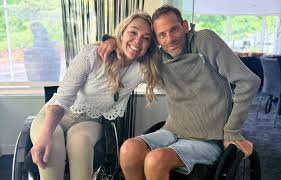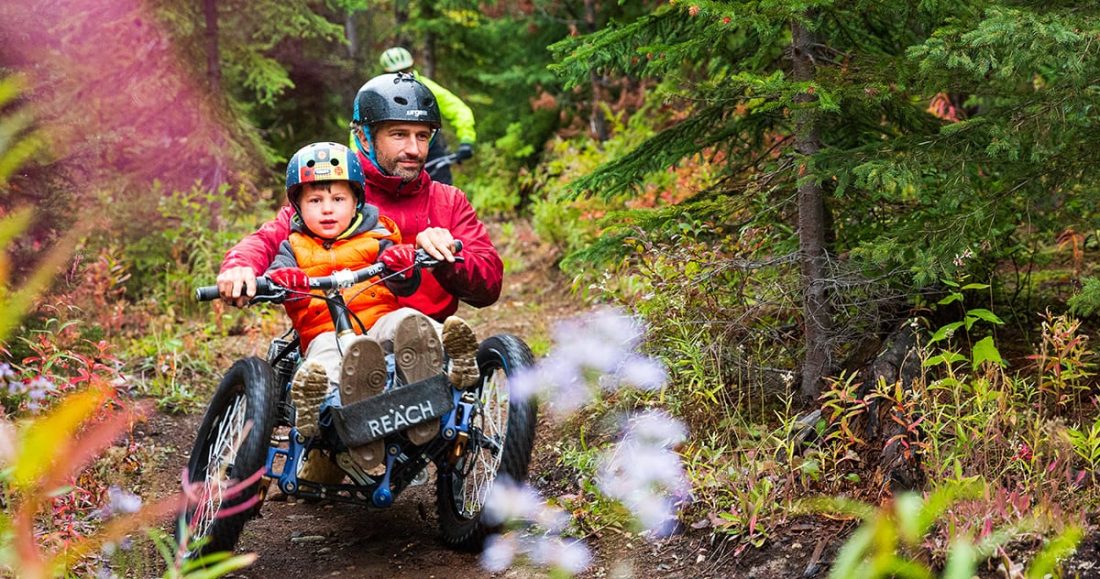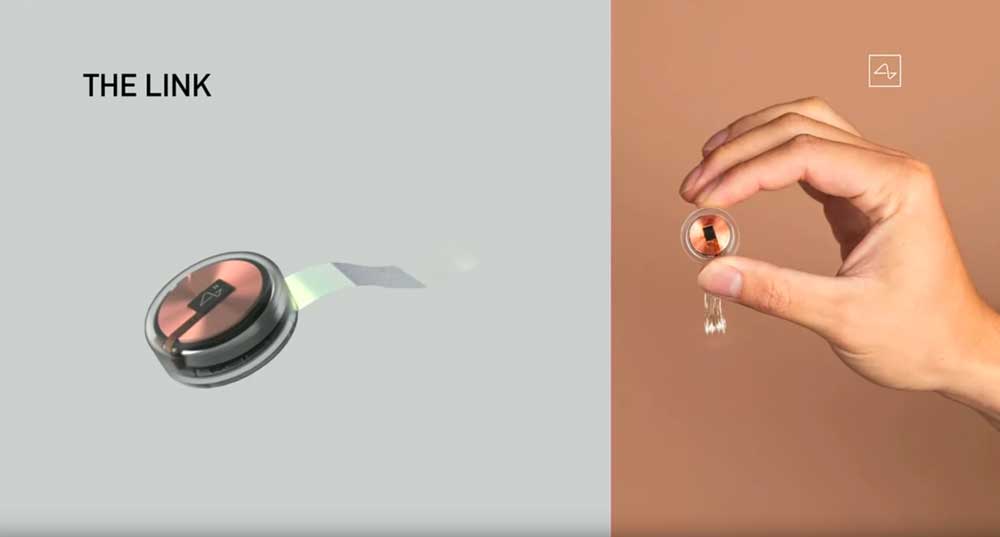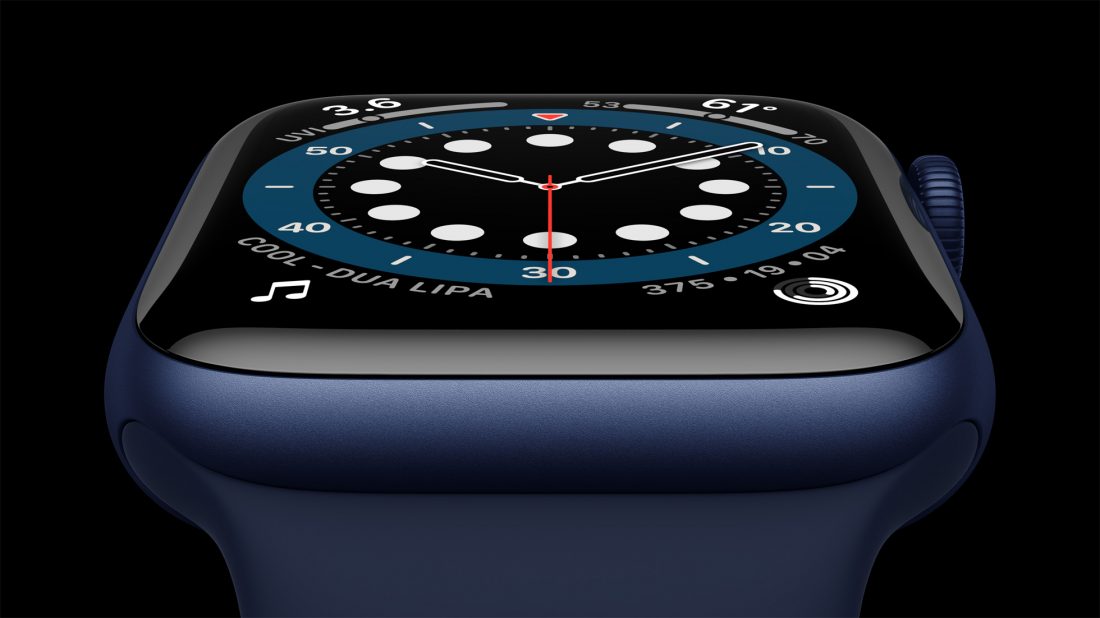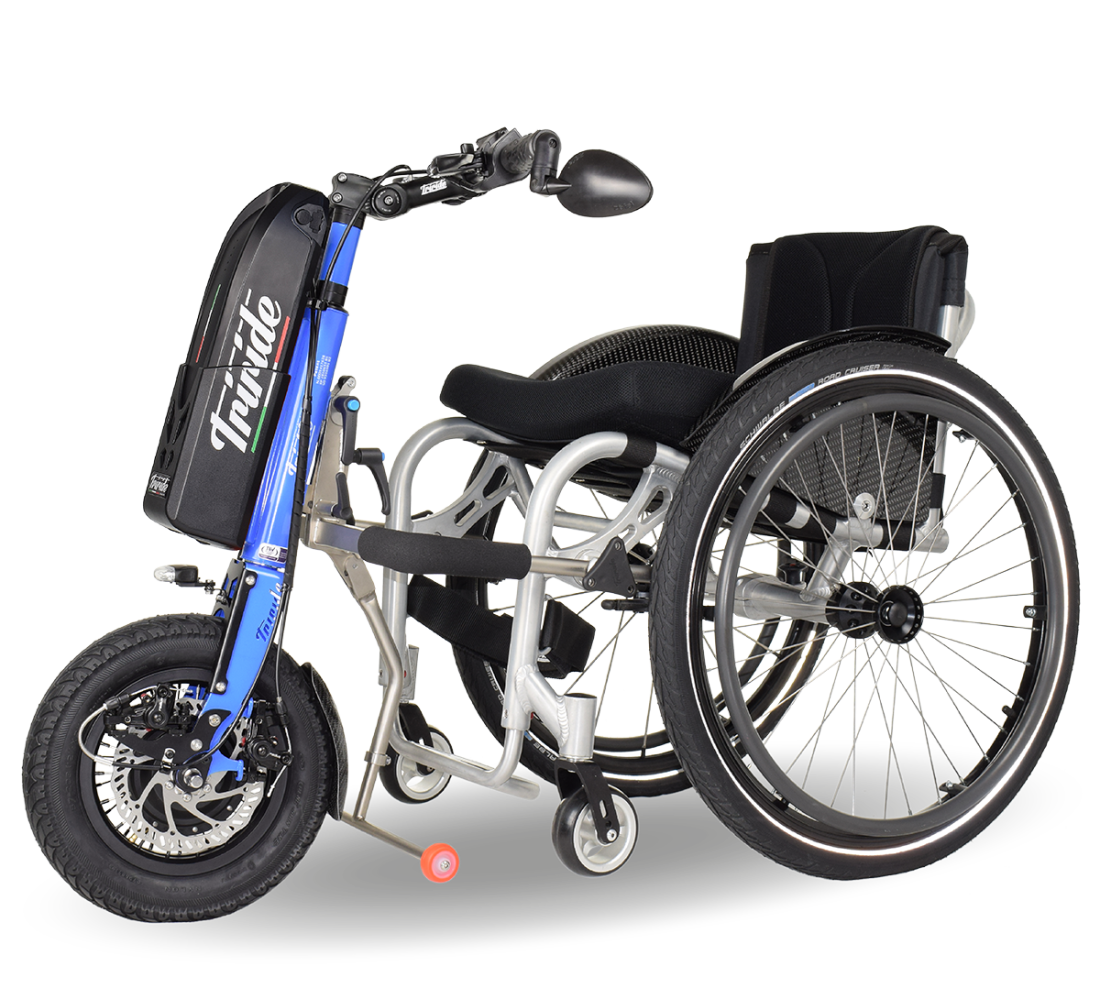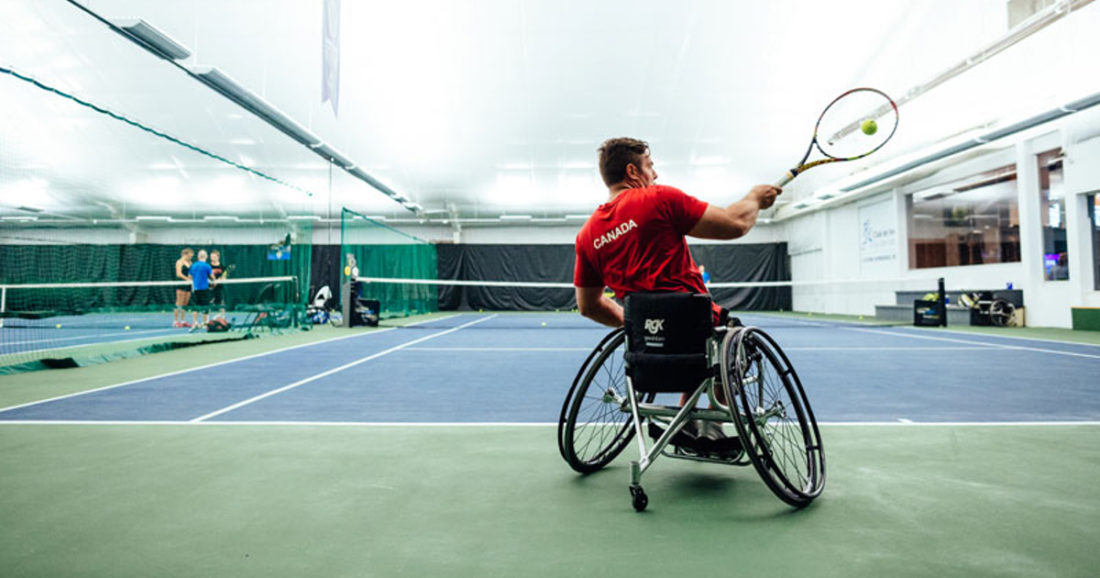Beyond Barriers: 25 people making the world more accessible for 2025
Inclusive travel has come a long way in recent years. It’s almost like the travel industry has finally begun to understand more clearly that Disabled travellers are, well, travellers. And who do we have to thank for this progress? The unstoppable, stereotype-shattering champions of accessibility who, like me, are dedicated and determined to turn inaccessibility barriers into a concept as outdated as a fold-out road map. In the first Beyond Barriers column of the year, I’m shining a well-deserved light on 2025’s twenty-five most important trailblazers for the world of accessible and inclusive travel.
1. Jeremy Williams, Making Trax Foundation
Founder of the Inclusive Tourism charity Makingtrax Foundation, Jeremy (Jezza) Williams is helping redefine New Zealand’s reputation as the adventure capital of the world by ensuring it is accessible to all. The former mountaineering guide sustained a high-level spinal cord injury while canyoning in Switzerland in 2010. He has since become a driving force for accessible tourism, changing his career focus to advocacy and activism. Williams brings unflinching honesty to his motivational talks and inspires ingenuity with his product designs, empowering both tour operators and Disabled adventurers in equal measure. This year, he’s set to launch Adapting Aotearoa, an initiative delivering education, resources, and practical solutions to tour operators across Aotearoa.
2. Stephanie Sheehy, Costa Rica Accessible Tourism Network
Sheehy, a trailblazing Costa Rican tourism professional, co-founded Il Viaggio Travel in 2005 with her husband, Emilio Zúñiga. Together, they have transformed Costa Rica into a firm favourite for travellers and industry professionals – Wheel the World founder Alvaro Silberstein credits Sheehy for achieving “extraordinary results”. Her impact doesn’t stop there; in 2017, she co-founded the Costa Rican Accessible Tourism Network, a nonprofit championing inclusive travel through training, information, and infrastructure development. One of her standout initiatives uses recycled plastics to create accessible beach facilities.
3. Christian Bagg, Bowhead
Bagg, a Calgary-born inventor and mechanical designer, channelled his own personal adversity into creating a groundbreaking innovation following a 1996 snowboarding accident that left him paralysed from the waist down. In 2018, he founded Bowhead Corp. as Chief Technology Officer and developed Bowhead adaptive bikes. These bikes have enabled hundreds worldwide to speed down mountain bike trails and bask in the joy of being in the great outdoors. This year, the company will launch the highly anticipated Era wheelchair, the world’s first adjustable chair designed for manual wheelchair users.
4. Darren Edwards, Adaptive Expeditions
Edwards is a record-breaking British adaptive adventurer, acclaimed keynote speaker, and best-selling author. Following a life-changing climbing accident in 2016 that left him paralysed from the chest down, Edwards didn’t stop. Instead, like all great adventurists, he powered on and soon after led several expeditions, including kayaking the length of Britain and becoming the first wheelchair user to complete the World Marathon Challenge – seven marathons on seven continents in seven days. He recently launched Adaptive Expeditions, a tour company helping others follow in his tracks and push boundaries, with expeditions to the Norwegian fjords and the North Pole.
5. Cara Yar Khan, GDI Hub
Born in India and raised in Canada, Humanitarian Yar Khan is on a mission to shake up the world of inclusion and innovation. She previously worked at the White House as an advisor on international disability rights and now works as a senior advisor to the UK-based Global Disability Innovation Hub. She supports the GDI Hub’s AT Growth Fund, a $100 million impact fund that aims to scale accessible and assistive tech ventures globally. She also stars in Facing the Falls, a documentary produced by Hillary and Chelsea Clinton, which follows her intrepid adventure on a wild Mustang through the Gand Canyon. With a TED Talk boasting more than 2.6 million views, Yar Khan operates in rarified air, reimagining the rules of travel, tech, and tenacity.
6. John Morris, Wheelchair Travel
John Morris is the founder of Wheelchair Travel, a comprehensive resource for Disabled travellers. His firsthand experiences as a wheelchair user fuel his mission to make travel more inclusive, engaging with businesses and governments to remove barriers. Morris’s insightful blog provides practical advice, destination guides, and advocacy for wheelchair-accessible air travel worldwide.
7. Daniel Gatura, Ace Mobility
Gatura is transforming the way Kenya moves. As the co-founder of Ace Mobility, he’s the man behind the country’s first accessible ride-hailing service – a game-changer for those who’ve long faced barriers to travel. Inspired by his father’s experiences following a spinal cord injury, Ace Mobility’s vehicles – equipped with swivel seats, wheelchair ramps, and caregiver-trained drivers – deliver safe, dignified, and inclusive transport for people with similar impairments, as well as the elderly and anyone needing extra support.
8. Tanzila Khan, travel blogger & Activist
Khan is a Pakistani entrepreneur, disability rights activist, and travel blogger. She founded GirlyThingsPK, a startup delivering sanitary products to women in Pakistan, aiming to make menstrual hygiene accessible for all. As a travel blogger, she has journeyed to over 20 countries, advocating for accessible travel and sharing her experiences to promote inclusivity. In recognition of her efforts, she received the inaugural Amal Clooney Women’s Empowerment Award from Prince’s Trust International.
9. Steve Nelson, Alaska Air
Nelson is charting a new course for accessible air travel. As the Accessibility Diversity Programme Manager at Alaska Airlines, he leads bold initiatives like the Fly for All app (which helps nervous or first-time travellers by providing step-by-step guides to flying) and self-driving wheelchairs at Seattle-Tacoma International Airport. Now a member of Boeing’s advisory committee on the future of flight, he champions onboard mobility solutions and reimagined cabin designs while testing innovations to safeguard mobility aids during flights, making Alaska Air a leader in accessible air travel.
10. Mirjam Versteegh, Disabled Accessible Travel
Described by inclusive travel guru Cory Lee as “incredible”, Versteegh, managing director of Disabled Accessible Travel, is on a mission to craft seamless and unforgettable adventures around the world. Since taking the company’s helm in 2017, she launched the innovative Accessaloo app, helping users locate accessible restrooms anywhere.
11. Bill Harkness, Boeing
Harkness is Boeing Commercial Airplane’s first engineering accessibility leader, bringing more than 18 years of engineering experience to the company. As a deaf individual, he offers a unique perspective on accessibility and is passionate about integrating inclusive practices across Boeing’s products, hiring processes, and work environments. Harkness co-founded the Boeing Employees Ability Awareness Association and has been instrumental in establishing accessibility initiatives within the company.
12. Kelly Twichel, Access Trax
Growing up in San Diego, Kelly Twichel watched her mother’s incredible resilience after a stroke reshaped their world, inspiring her to pursue a career in occupational therapy. While earning her master’s degree at the University of St. Augustine, a class project sparked the idea for Access Trax: portable mats designed to help adaptive surfers roll over sand and reclaim their independence on the beach. Since launching in 2018, Kelly has made waves, literally and figuratively, breaking down barriers to outdoor adventures for the surfing community and beach lovers, as well as adapting the use of Access Trax across snow, mud and other otherwise inaccessible terrains.
13. Joe Stone, Dovetail Trail Consultancy
Stone is the co-founder of Dovetail Trail Consulting, a company specialising in adaptive recreation and universal trail design. After a 2010 flying accident resulted in an incomplete C7 quadriplegia, Stone refused to accept that his ability to access nature was limited. Through Dovetail, Joe collaborates with land management agencies and trail organisations across the US to assess and enhance trail accessibility, enabling us to get deeper into the wilderness than ever before.
14. Hans Jørgen Wiberg, Be My Eyes
Wiberg is a Danish inventor and entrepreneur best known for founding Be My Eyes, a mobile app that connects blind and low-vision individuals with sighted volunteers through live video calls. Diagnosed with retinitis pigmentosa, a condition leading to gradual vision loss, Wiberg was inspired to develop the app that has now grown into a global community, facilitating assistance in over 180 languages and across more than 150 countries. Their recent partnership with Hilton Hotels and Meta will facilitate travellers who are blind or low vision to travel with greater confidence.
15. Amy Wood, Salesforce
In her role as accessibility manager at Salesforce, Wisconsin’s Amy Wood has introduced accessibility features at major global events, benefiting thousands. A passionate advocate who has spoken at the United Nations, she is now focussed on expanding the Traveller’s Requiring Special Assistance (TRSA) Desk to Europe. She will be leading Salesforce’s Accessible Travel Task Force to promote inclusive design and accountability in the travel industry, ensuring safer, more equitable experiences for Disabled employees worldwide.
16. Paula Hansen, World Accessible Holidays
Inspired by her personal journey as a parent to a son with cerebral palsy, UK-based Paula Hansen founded World Accessible Holidays, a travel agency dedicated to providing stress-free, accessible travel experiences for multi-generational families. Current projects include improving EasyJet Holidays’ assistance processes and hosting monthly accessible travel events, with the next one taking place in Antalya.
17. Ignatios Fotiou, SeaTrac
Ignatios Fotiou, a Greek engineer and co-founder of TOBEA, created a game-changing invention: SEATRAC, a solar-powered marvel that lets people with mobility challenges glide independently into the sea. Since 2012, this ingenious device has transformed over 220 beaches in Greece, Cyprus, Italy, and Latvia into havens of accessibility.
18. Meegan Winters, Able Eyes
Meegan Winters’s background in special education inspired her to create Able Eyes, a platform dedicated to enhancing accessibility through virtual tours of public spaces. As CEO and co-founder, Winters created the “Know Before You Go” system, which provides 360-degree virtual tours of galleries, museums and other public addresses, reducing anxiety and uncertainty for travellers visiting new places.
19. Susanna Gäumann, Accessible Switzerland Tour
Gäumann is the Swiss project leader of the Accessible Switzerland Tour, an initiative by the Claire & George Foundation to promote barrier-free travel across Switzerland. Launched in 2023, the tour connects travellers with disability-friendly highlights across the country, ensuring that accommodations, restaurants, and attractions cater to all. Gäumann emphasises the importance of selecting hotels and restaurants that don’t compromise aesthetic for functionality.
20. Ed Collett, Air New Zealand
Father of two boys with disabilities, Ed Colette is a passionate advocate for accessibility and innovation in aviation. He’s been instrumental in advancing accessibility initiatives at Air New Zealand, including the airline’s soon-to-launch in-flight entertainment system designed for passengers with vision, auditory, motor, or neurodivergent needs created in partnership with organisations like Deaf Aotearoa and Blind Low Vision New Zealand. Ed also led the adoption of the Hidden Disabilities Sunflower Lanyard programme and pioneered the world’s first New Zealand Sign Language flight, where all onboard communications were delivered in NZSL.
21. Jake Steinman, TravelAbility
Jake Steinman is the founder and CEO of TravelAbility. With over 30 years in the travel industry, Steinman is a stalwart of the accessible travel movement. He founded North American Journeys, producing events like the eTourism Summit Emerging Markets. Through TravelAbility, he offers resources, training, and conferences to educate the travel sector on inclusivity.
22. Shane Hryhorec, Accessible Beaches Australia
Shane Hryhorec is a visionary advocate for accessibility, reshaping the travel experience for people with disabilities in Australia. As the founder of Push Mobility, he provides stylish and functional mobility solutions and through his initiative Accessible Beaches Australia, Shane has transformed over 110 beaches into inclusive spaces. His YouTube channel, Wheel Around the World, captures his travel adventures, offering practical tips for accommodations and destinations.
23. Roberto Castiglioni, Reduced Mobility Rights
Roberto is a much-respected aviation accessibility consultant, senior researcher at the INCLAVI Erasmus+ project, and policy lead at Rights on Flights. With over a decade of experience, he is dedicated to ensuring equal access to air travel for all, focusing on dignity and confidence for Disabled passengers. He has worked with regulators, airlines, and airports to develop practical, cost-effective accessibility solutions. In 2022, Roberto was awarded an MBE for his contributions to aviation accessibility. His mission is clear: to make air travel inclusive and enjoyable for everyone, including his son, who has a disability, one flight at a time.
24. Emily Yates, Mima
Yates, a British wheelchair user with cerebral palsy, heads up the accessibility and inclusive design initiatives at Mima, a human-centred design agency. She has worked as accessibility lead for COP28 in Dubai and has written accessibility guides and handbooks for companies (including VisitEngland’s Accessible and Inclusive Tourism Toolkit for Businesses.
25. Geoff Babb, AdvenChair
Geoff Babb, a former fire ecologist and avid outdoorsman from Bend, Oregon, suffered a near-fatal brain stem stroke in 2005. Determined to continue exploring nature, Geoff collaborated with friends to develop the AdvenChair, an all-terrain wheelchair designed to navigate rugged landscapes. The AdvenChair features mountain bike components, including large wheels and adjustable handlebars, enabling users to traverse trails and outdoor environments that standard wheelchairs cannot.

